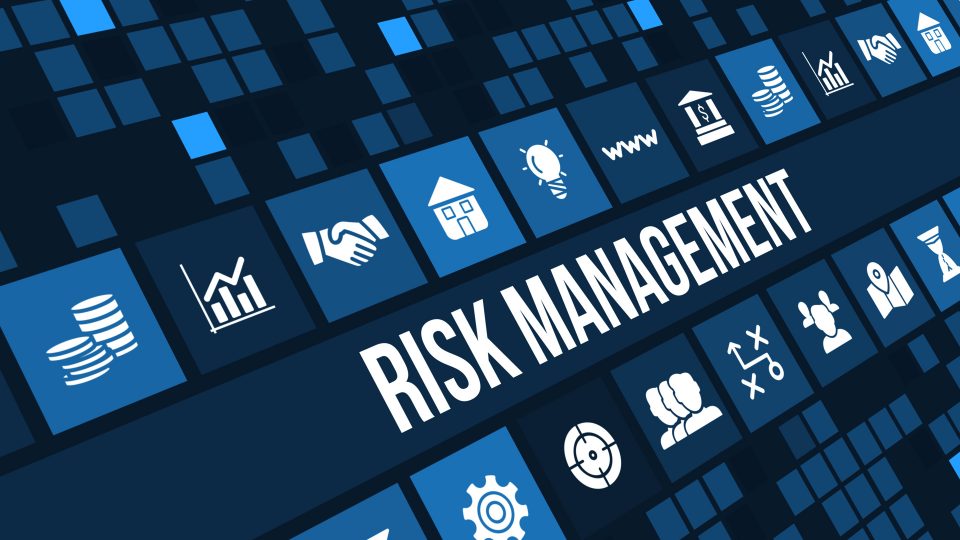
How To Achieve Digital Risk Management For Business
The success of your company depends on you making the right business decisions. Risk management is a key determining factor to these decisions. You must set up a frame-work to identify, assess and manage the risks in your business.
Failure to prioritize digital risk management could potentially hurt the revenue and growth of your business. You may think that this only applies to huge and multinational organizations, but in this digital age even small and medium enterprises are exposed to some form of risk.
It is important to note that businesses use digital systems in different ways. Thus the risks will differ in magnitude and severity. For some, digital is incorporated into their business and for others, it is the core of the business. Your digital risk management strategy will depend on the category in which you fall.
Digital risks in business include the following;
Brand risk (identity theft, impersonation)
- Cyber risk (data loss, malware)
- Physical risk (terrorism)
- Revenue risk (piracy, scams)
4 Step Process for your Digital Risk Management Strategy
1. Review and Identify
All digital systems in the business must be reviewed for any present dangers. All hardware and software must have upgraded and updated security. Outdated software must be removed. After all this is done, you must take measures to test your systems through ethical hacking. After testing, if your systems are not compromised then you are on the right track.
If you identify any risk, it will be automatically recorded in the risk management system if you have one. All key players in the business will have access to it. If it’s a manual system, write it down.
2. Make an Analysis
Analyze the full impact of the risk on your business. For example how many departments will it affect? Can day to day operations still take place? Does it affect your clients directly? How will it affect the revenue of the business?
3. List in Order of Priority
Some risks are more serious than others in the sense that they may leave the business operations at a standstill. Some may affect a few processes and individuals. Depending on the seriousness, prioritize what to deal with first and maybe deal with the less serious ones in due course.
4. Eliminate and Monitor the Risk
Depending on what risks you have discovered, your business will need the advice of the respective experts in those fields. They will advise and implement a more detailed approach to eliminating as much risk as possible. After that, you should continuously monitor the risk management framework for any vulnerabilities.
Although, it may be impossible to eliminate all risks completely, it’s important to have a strategy and a team that focuses on managing it. Your adherence to a digital management strategy could determine whether your business survives a cyber-attack or crumbles to the ground.
Photo Credit: Harvard Business Review

